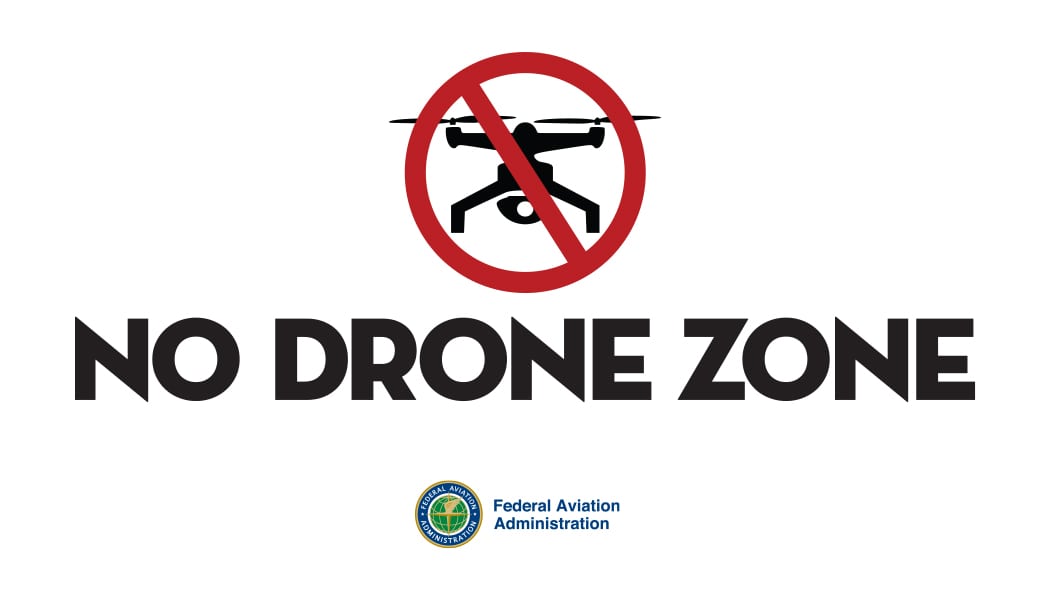
Image courtesy of FAA
Most waiver requests submitted to the FAA’s commercial drone operations regulations are denied. Only 16% of the 11,345 applications that have been reviewed this year have been approved.
According to Kevin Morris, an aviation safety inspector at the FAA who hosted a webinar presentation on applying for Part 107 operational waivers, said nearly 8,000 of those rejections were due to incomplete information. Another 800 made “an insufficient safety case.”
More than half of waiver requests are for exemptions to the daytime operation rule, which prohibits flying during the night. The denial rate on those is even higher.
Morris said that the biggest issue is people not reading the requirements well enough and simply leaving information out or not being specific enough.
“Don’t make assumptions,” he said. In other words, don’t say, “I’m going to operate the drone below treetops,” because trees can be different heights. Give the height in feet. Don’t write, “I’m going to use a system to put lights on this drone,” because that just leaves the application reviewer with questions: What system? What kind of lights? How far can they be seen? Will they strobe? Will they be colored?
Specificity is necessary when filling out a waiver application. If everything the FAA needs to understand how you’ll be operating the drone and why it will be safe is not present, it won’t be approved.
That need for specificity applies to the drone and its operations as well as what is being requested in the waiver application: Morris said some applicants use applications “as a negotiating tactic,” asking for more than they need with the expectation that they will get approval for only part of their request. That’s a fundamental misunderstanding of the process, he said, as the FAA reviewers can only react to what is in the application and won’t be going back and forth with the applicant to haggle. It’s best to request what is needed for an operation.
Morris also said a lot of applicants make the mistake of confusing waivers with approvals: “Be careful of what you’re applying for. … Waivers are hard to obtain. You’re telling them you want access to the airspace without air traffic control permission. Typically, you want access with air traffic control permission,” in which case an approval is actually the appropriate application to fill out.
That entire process will be changing — or at least less relevant for some — soon, as low-altitude authorization and notification capability (LAANC) spreads to more of the U.S. by September. The ability to request and get approval for operations in real-time should decrease the need for applications to the FAA.
“Typically speaking, if you are going to be operating below the ceiling, and LAANC is active in your area, that’s going to be the best way,” Morris said. “If it’s something where you need to make a safety case, where it’s more complex and you’re going to be going in and out of class C airspace, go through the dronezone portal with an application.”

FAA waiver application submission and review process (screenshot, FAA media)
LAANC won’t immediately be available everywhere or for everyone, though. And it won’t be able to handle all kinds of operations. For complex situations and necessary waivers, the current process will still be germane.
There is hope that filtering out more of those “simple” operational requests with LAANC will expedite the FAA’s ability to deal with the applications they still receive. As of now, applications are required 90 days ahead of an operation. Most reviews take under a month, but some complex cases take longer.
“Those folks who follow those guidelines usually get approved, or at the very least we send them back a request for more information,” Morris said. “It’s the folks who don’t do that who usually get denied.”
The FAA’s application instructions and waiver safety explanation guidelines are available. Go to the dronezone portal to submit an application.